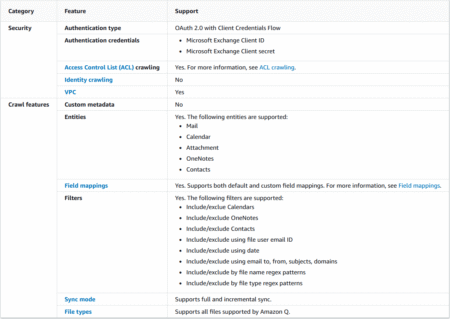Flow matching models have emerged as a powerful method for generative modeling on domains like images or videos, and even on irregular or unstructured data like 3D point clouds or even protein structures. These models are commonly trained in two stages: first, a data compressor is trained, and in a subsequent training stage a flow matching generative model is trained in the latent space of the data compressor. This two-stage paradigm sets obstacles for unifying models across data domains, as hand-crafted compressors architectures are used for different data modalities. To this end, we…
Source: Read MoreÂ

